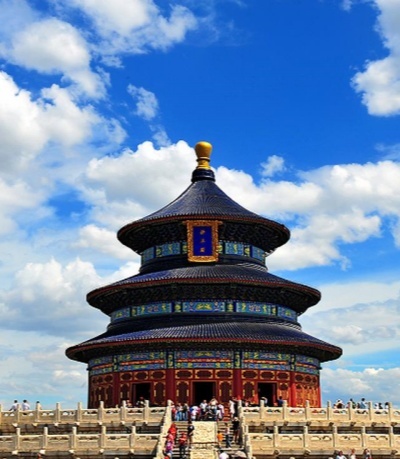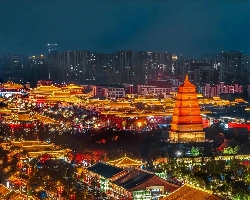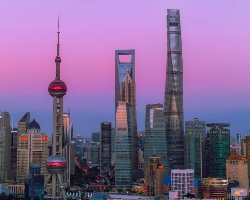- Home
- Tour Packages
- Destination
- About Us
- Contact
- Reviews
- Travel Guide
-
-
- Must-Go Destination Travel Guides
- Yunnan
- Guizhou
- Pingyao
- Hangzhou
- Guangzhou
- Guilin
- Chongqing
- Datong
- Huangshan
- Xiamen
-
-
-
- Customize Your Trip
Email:[email protected]
Email:[email protected]
Just China Tours, Just For You!
Delve into Beijing's Hutong Alleys | Beijing History Journey
- Home
- Delve into Beijing’s Hutong Alleys | Beijing History Journey
Beijing's Hutong alleys represent a unique aspect of the city's culture and history. These narrow lanes are filled with stories, traditions, and the everyday lives of the locals. Exploring these alleys offers a glimpse into the past and a chance to experience authentic Beijing. This article will guide you through the significance, history, and charm of "Beijing's Hutong Alleys".
What Are Hutongs?
Hutongs are narrow lanes or alleys formed by traditional courtyard residences known as "siheyuan". The term "hutong" originates from the Mongolian word "hottog," meaning "water well." Historically, these alleys were created around wells, where communities formed.
Hutongs vary in width and length. Some are as narrow as 40 centimeters, while others can be several meters wide. They crisscross throughout Beijing, creating a maze-like layout that is fun to explore.
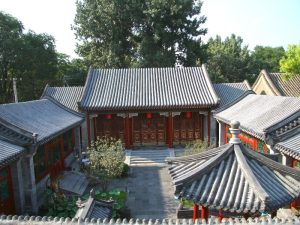
Beijing siheyuan
Historical Background
The history of "Beijing's Hutong Alleys" dates back to the Yuan Dynasty (1271-1368). During this time, the city was planned with concentric circles surrounding the Forbidden City. Higher-ranking officials lived closer to the center, while commoners resided in the outer areas.
As time progressed through the Ming and Qing Dynasties, hutongs became more established. By the mid-20th century, there were over 6,000 hutongs in Beijing. Unfortunately, many have been demolished in recent years due to urban development.
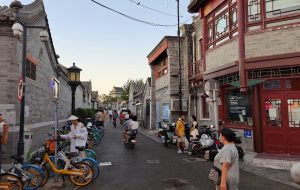
Beijings Hutong Alleys
Architectural Features of Beijing's Hutong Alleys
The primary architectural style found in hutongs is the "siheyuan". A siheyuan is a courtyard surrounded by four buildings. The main house typically faces south for maximum sunlight. The design promotes family living and community interaction.
Hutongs often feature intricate decorations on doors and windows. These details reflect the cultural heritage of Beijing. Walking through these alleys allows visitors to appreciate traditional Chinese architecture.
Exploring Beijing's Hutong Alleys
Exploring "Beijing's Hutong Alleys" is an adventure filled with discovery. Here are some notable hutongs you should consider visiting:
Nanluoguxiang: This popular hutong is known for its trendy shops and cafes. It combines traditional architecture with modern flair.
Yandaixiejie: Also known as Tobacco Pipe Street, this hutong is famous for its unique shops selling handicrafts and souvenirs.
Wudaoying Hutong: This alley features a mix of art galleries, restaurants, and boutiques, making it a vibrant area to explore.
Jinsitao Hutong: A quieter option that showcases traditional life with fewer tourists.
Each of these hutongs offers a different experience while maintaining their historical charm.
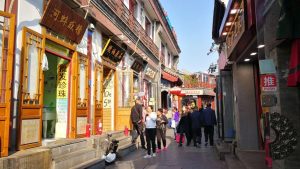
Yandaixiejie
Cultural Significance of Beijing's Hutong Alleys
Hutongs are more than just physical structures; they represent community life in Beijing. They are places where neighbors interact daily. Traditional activities such as playing mahjong or sipping tea occur in these alleys.
Visitors can witness everyday life in Beijing by wandering through these narrow streets. You may see children playing, elderly residents chatting, and local vendors selling snacks.
Food and Drink in Hutongs
One of the best ways to experience "Beijing's Hutong Alleys" is through its food scene. Many hutongs feature small eateries offering authentic local cuisine. Here are some must-try dishes:
Jianbing: A popular Chinese crepe filled with egg, vegetables, and sauce.
Baozi: Steamed buns filled with various ingredients like pork or vegetables.
Peking Duck: While not exclusive to hutongs, many local restaurants serve this famous dish.
Exploring food stalls and small restaurants allows you to taste authentic flavors while enjoying the atmosphere of the alleys.
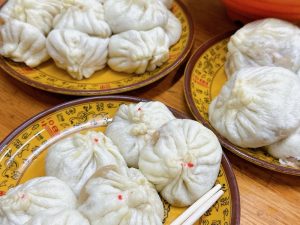
Baozi in Beijing's Hutong Alleys
Guided Tours vs. Self-Exploration
When exploring Beijing's Hutong Alleys, you can choose between guided tours and self-exploration:
Guided Tours: These tours provide insights into history and culture from knowledgeable guides. They often include tastings at local eateries.
Self-Exploration: If you prefer wandering at your own pace, grab a map or use a mobile app to navigate the alleys.
Both options offer unique experiences depending on your interests.
Preserving Hutong Culture
In recent years, efforts have been made to preserve Beijing's Hutong Alleys amidst rapid urbanization. Many organizations work to protect these historical sites from demolition.
Local governments have also initiated projects to restore dilapidated hutongs while maintaining their original charm. This balance between modernization and preservation is crucial for keeping Beijing’s cultural heritage alive.
Challenges Facing Hutongs
Despite preservation efforts, hutongs face challenges due to urban development pressures. Many have been replaced by high-rise buildings or modern commercial areas.
Additionally, rising rents threaten local businesses that operate within hutongs. This situation risks altering the traditional character of these neighborhoods.
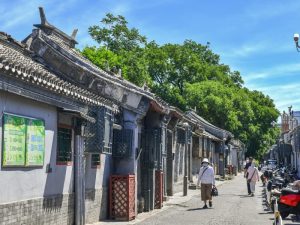
Beijing's Hutong Alleys
Tips for Visiting Beijing's Hutong Alleys
To make the most of your visit to Beijing's Hutong Alleys, consider these tips:
Wear Comfortable Shoes: You will be walking on uneven surfaces.
Bring Cash: Some small vendors may not accept credit cards.
Learn Basic Mandarin Phrases: Knowing simple phrases can enhance your interactions.
Respect Local Customs: Be mindful of residents' privacy while exploring.
Visit During Off-Peak Hours: Early mornings or late afternoons are less crowded.
These tips will help you enjoy your experience while being respectful of local culture.
Delving into Beijing's Hutong Alleys provides a fascinating glimpse into the city's history and culture. These narrow lanes are not just pathways; they are living testimonies of community life in Beijing.
From their rich historical background to their vibrant present-day activities, hutongs offer something for everyone. Whether you’re savoring local delicacies or exploring quaint shops, each visit reveals new stories waiting to be discovered.
Make sure to include a journey through Beijing's hutongs in your travel itinerary for an authentic experience that connects you with the heart of this remarkable city!

